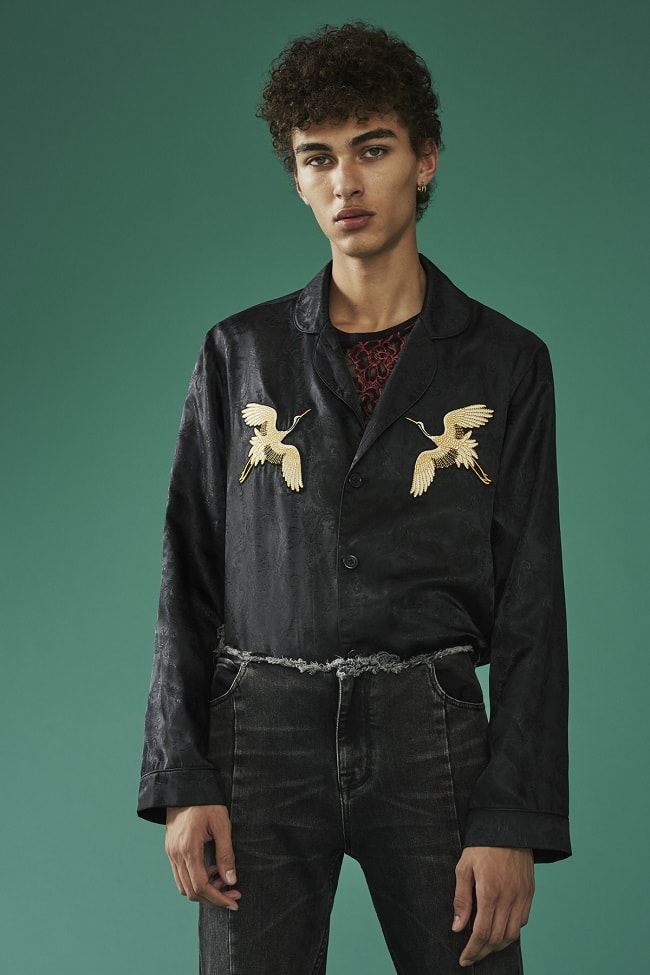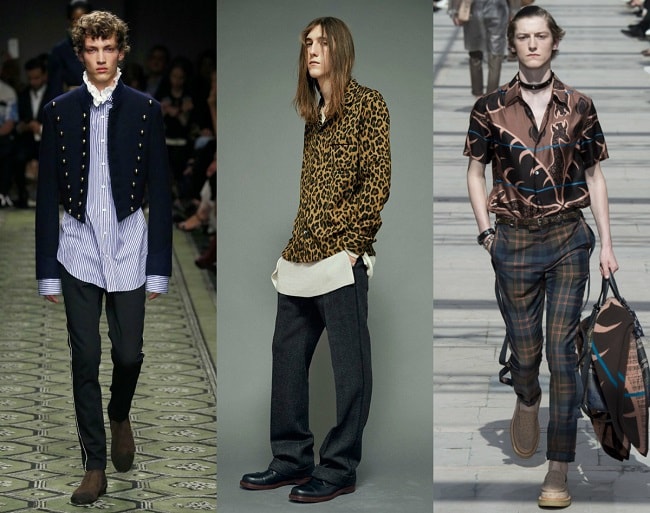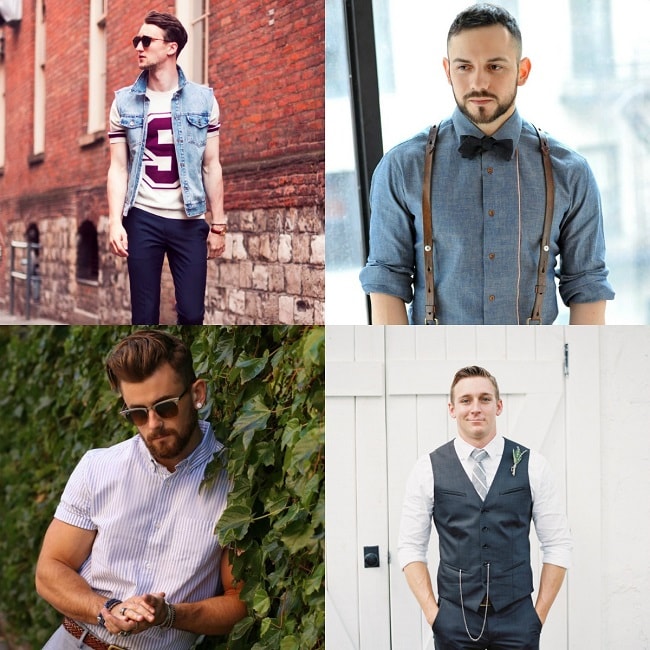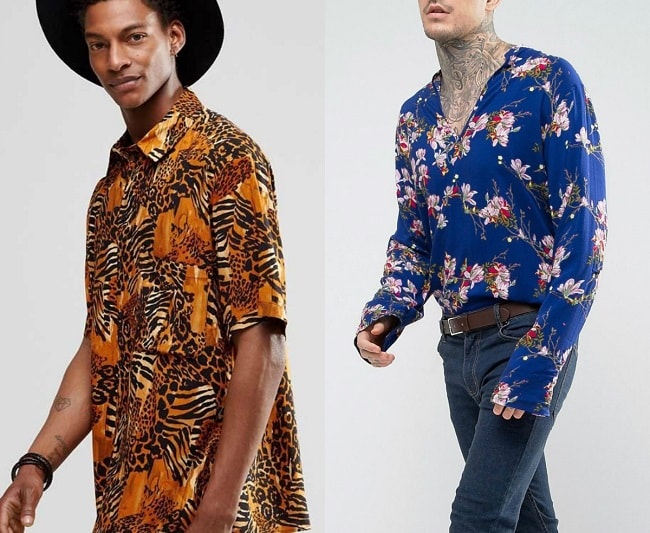1
HOME > Tips & Advice >
THE RIGHT WAY TO WEAR VINTAGE MENSWEAR
DO YOU HAVE A THIRST FOR THE ORIGINALS?
Written by Ivan Yaskey in Tips & Advice on the 14th July 2017

When older trends return in newer forms – for instance, the slim, precisely tailored business suits of Mad Men or the recent glut of 1990s styles surfacing in Spring/Summer 2017 runway collections – the updated versions satiate some, while others feel a thirst for the originals. Yet, because you can’t directly travel back to the 1960s, seeking out vintage fashion gets you a bit closer. However, vintage dressing’s a tricky balancing act. For one, true vintage pieces are at least 20 years old; trying on something you may have worn in the early ‘00s is simply being out of date. Secondly, when you vie for those period looks, it’s frequently too easy to come off looking exactly as that – a relic of another era. Third, the cut and sizing of vintage clothing often don’t literally fit the modern man. As such, having an older suit envelope your frame automatically puts you in the “poorly dressed” category. So, how do you juggle these facets? If you’re new to vintage menswear, start from here:
Pick Your Path
These days, someone looking to experiment with vintage styles has a choice: Go to your local secondhand shop, upgrade to a true vintage boutique, where items may be curated and sold in better condition, look for “reclaimed” styles through ecommerce retailers like ASOS and Urban Outfitters, or browse online through a site like Etsy for “upcycled” fashion. Out of these options, going to a traditional thrift or consignment store or browsing through an online marketplace has that needle-in-a-haystack quality. You’ll look at a bunch of stuff, some of which may not be truly vintage, until you come across a shirt, jacket, or suit that speaks to you. Understand, too, that, in addition to being time-consuming, this endeavor means that whatever you find may require some improvements on your end: Stitching up rips and holes, dry cleaning to get out decades of wrinkles, and washing out minor stains. Vintage shops – either in person or online – tend to offer a greater return, with less searching involved and fewer improvements needed later. Pieces are better preserved, and the owner often has them already classified by decade, but keep in mind that, especially if you’re going to a physical store, selections can be limited, either with the amount available or the periods curated.

Stick with One Decade or Era
As the start to vintage dressing, decide which era you’re going to pull from. Cobbling together pieces spanning across multiple periods, especially if they’re specific to that point in time – for instance, wearing ‘70s bellbottoms with ‘90s grunge flannel and finishing it off with ‘80s wayfarers – looks unfocused at a distance, as if you’ve intentionally rummaged through a secondhand bin, grabbed whatever you could find, and put them on without any thought about how items of clothing and accessories coalesce. Rather, for subtle, everyday vintage dressing that doesn’t come off as scatterbrained and trying too hard, go with one decade, and factor that piece into your modern wardrobe. In general, apparel and shoes dating from the 1950s through the present blend better with current styles, whether that’s a suit or simply a jeans and tee combo. As a result, whatever you select doesn’t clash or seem achingly out of place. Keep in mind that if you go with pre-1950s trends, there’s a chance that your look will appear intentionally picked from the past. Realise, too, whether you find that perfect zoot suit from the 1930s or a 1920s’ waistcoat, the garment will gel less well with modern cuts and materials and, instead, may come off somewhat steampunk-ish, like you’re trying to be Leonardo DiCaprio in The Great Gatsby, or as if you casually do period cosplaying.

Work Up to the Classics
For those getting their first taste of vintage menswear, it’s best to start small and work your way up. What this means is, begin by introducing an accessory into your everyday look: This could be adding a skinny, patterned necktie with a casual suit and button-down, letting detailed metal cufflinks gleam by your wrist, grabbing attention with a ‘90s G-Shock watch, or opting for a 30-year-old, nearly indestructible pair of aviators. However, casual introductions can develop into a stronger affinity for a particular look. From here, when you’ve found your natural comfort level, transition into bigger, more impactful styles. Reflecting timelessly constructed modern trends, this jump might be to an older denim or leather jacket, a 1950s bomber, a stiff V-collar shirt from the 1970s, or a pastel polo from the ‘80s. Within this context, try not to stray too far out of modern boundaries. For instance, while these aforementioned looks seamlessly fit in with current trends, something without a strong modern equivalent – such as wider-cut, pleated Z Cavaricci pants or shell suits – is more likely to seem like a costume.

Pay Attention to Sizing
Even if you go with a more classic piece, consider how it fits your body. Vintage styles, especially pre-1970s pieces, may have an unfamiliar cut or use a dated sizing system. For instance, older men’s shirts may use numerical measurements, initially designed to give you a more precise fit. Or, in the case of suits, combinations through the 1990s often had wider, more spacious cuts and bigger shoulders, or were designed for a smaller body type. In these cases, it’s best to know how large your chest, neck, shoulders, and legs are, and to use these figures to get as close of a fit as possible. Understand that a medium from a few decades ago is smaller than a modern equivalent, and that current clothing brands frequently employ vanity sizing - subtracting an inch or two for men’s clothing. Then, when you’ve got something to work with, consider getting it tailored to fit your body. This way, extra bulk, too-tight spots, and hems bunching around the ankle get evened out into a more streamlined silhouette that, at a glance, won’t scream secondhand.

Trending
2
3
4
5
6
7
8
9
10










